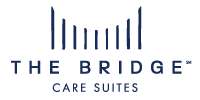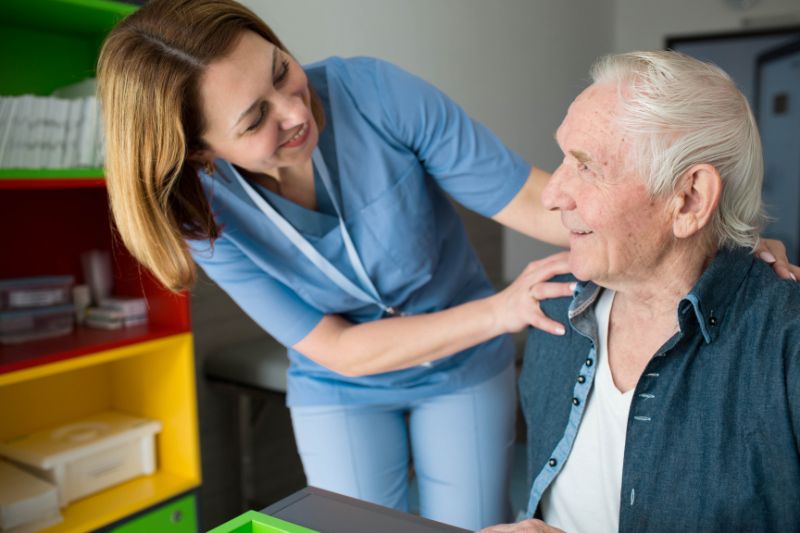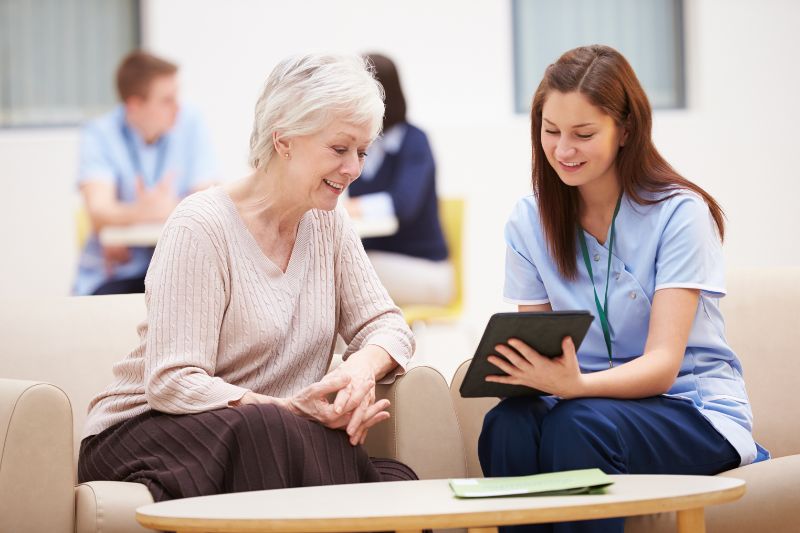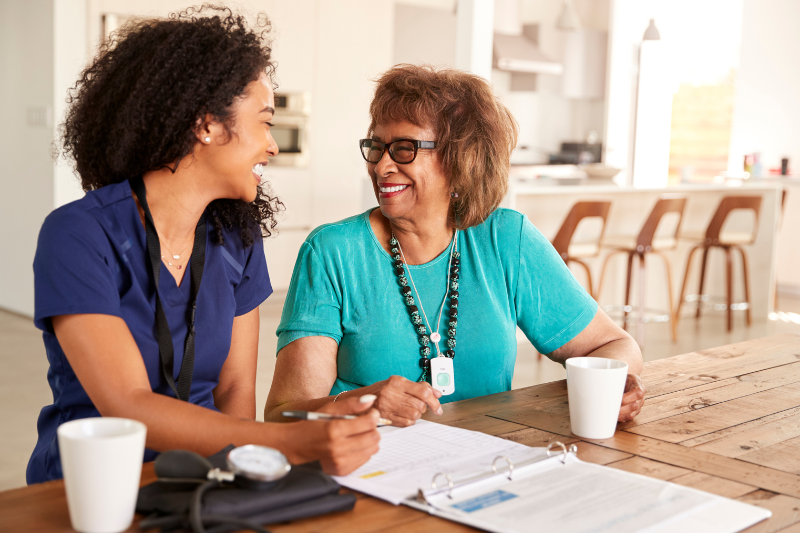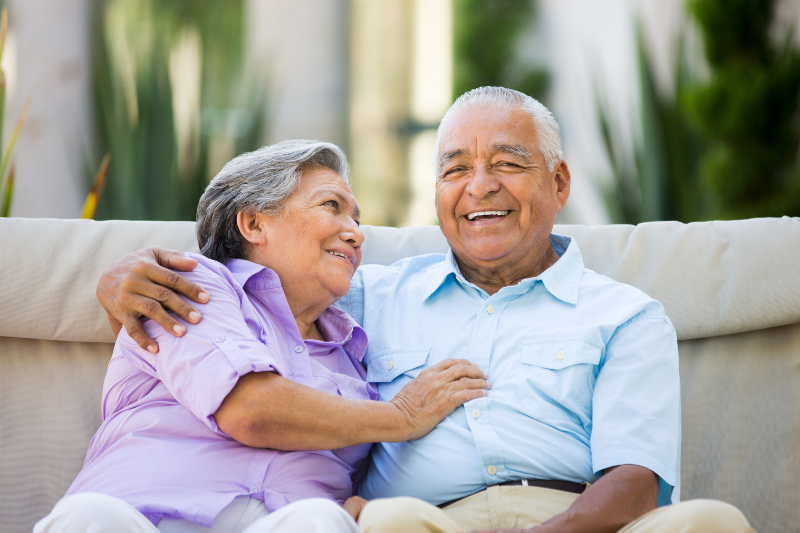
In cases of stroke, the significance of prompt rehabilitation cannot be stressed enough. Around 795,000 people in the U.S. suffer from the illness each year. And, the key to their recovery is speedy treatment and a detailed rehabilitation program that can help them get back on their feet quickly. As expert therapists will tell you, the rehab program starts in the hospital during your treatment within the first 24 to 48 hours.
Given that stroke affects a part of your brain, the objective of the rehab is to help you relearn the abilities you lost. While the intensity of the attack can dictate the complications you have and the time you’ll need to recover, know that a stroke rehab program can help you regain self-confidence and independence sooner than without the therapy.
Understanding Stroke Rehabilitation
Every stroke rehab therapy is designed around the unique needs of individual patients. Your therapists will come up with the program after studying your medical history and the parts of the body affected by the illness. Here are the typical aspects of the therapy.
- Constraint-induced therapy or forced use therapy where movement of the intact arm or leg is restricted so you’re motivated to use the affected limb. This strategy improves strength and functionality in the weakened limb.
- Mobility training where you learn to use tools and braces for movement. These aids can include walking canes, walkers, and ankle braces. You learn to walk using them so they support the weight of your body. If needed, you’ll learn to use a wheelchair.
- Range of motion therapy where you perform certain exercises and movements so your muscles ease the stress in them and regain better mobility.
- Motor skill exercises where you take occupational therapy to relearn how to coordinate your muscles.
- Shock therapy where electricity is used to stimulate the muscles into contracting so they learn movements again.
- Therapeutic equipment that helps you make repetitive movements to restore functionality to the affected limbs.
- Alternative therapies such as massage therapy, oxygen therapy, tai chi, acupuncture, or herbal medications
- Communication therapy to help you learn to speak, listen, comprehend, and write.
- Cognitive therapy where you learn to remember things, process situations, solve problems, interact with the people around you, and care for yourself.
Outcomes and Successes of Stroke Rehabilitation
Doctors previously believed that the strokes cause irreversible damage to the brain. However, new research has shown that with optimum stroke rehabilitation, the brain has the capability of developing new circuits and reassigning tasks to new neurons. In short, stroke rehab can train your brain to use new cells to perform daily tasks. For this recovery to take place, you need physiotherapy that stimulates the brain. Aside from adapting to life after a stroke with therapy, you can look forward to several additional benefits:
- Doctors stabilize your medical condition so you can prevent further episodes
- You learn to avoid life-threatening situations
- You minimize the complications that can occur from the stroke
- You learn how to continue exercising for extended recovery even after the rehab program is completed.
Why Choose Stroke Rehabilitation at The Bridge Care Suites

You can get stroke rehabilitation at home, in outpatient clinics, or at specialized rehab facilities such as The Bridge Care Suites. Such facilities have an expert team of doctors and therapists that can guide the recovery process. You’ll receive the psychological and physical support you need along with detailed information to manage your condition.
At The Bridge Care Suites, we understand the importance of involving family members, spouses, and caregivers in a streamlined rehabilitation process. With the expertise of our nurses and recovery team, you can regain the self-assurance to live life to the fullest again.
For more information, contact us at The Bridge Care Suites. Or, check out this video for a preview of our services.
